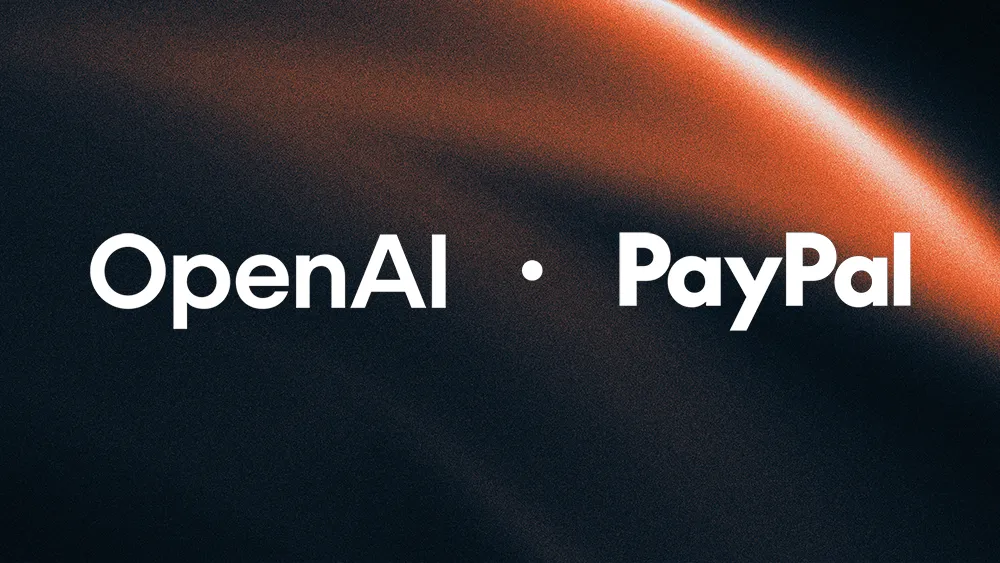
All articles
For Banks, the Race to Agentic AI Is About Safety, Not Speed
How can banks safely adopt agentic AI? Khushboo Mishra, Assistant Vice President at HSBC, lays out a multi-year roadmap for navigating regulatory hurdles and transforming the finance workforce.

Key Points
Despite 70% of financial institutions already adopting AI, the race in banking is about safety, not speed.
Speaking in a personal capacity, Khushboo Mishra, an FP&A and statutory reporting professional at a major international bank, believes the banks that adopt agentic AI safely will win over those that implement it first.
She identifies three core challenges with AI transformation: poor data quality, the "black box" problem for regulators, and a cultural barrier of human trust.
Mishra outlines a multi-year roadmap for building confidence, starting with low-risk GenAI experiments and gradually moving toward full automation with human oversight.
The bank that adopts agentic AI quickly won't be the winner. The bank that adopts it safely will be the winner. You have to test it and be confident that the control points and audit trails are in place before you proceed.
While the rest of the world races to implement agentic AI, the banking industry faces a fundamental roadblock. Yet, even in a regulatory environment with little tolerance for error, a reported 70% of institutions are already transforming their operations. Now, the decision to adopt is no longer a question of if, but a matter of how. Here, experts say the path to successful innovation is defined not by speed, but by safety.
For an insider's perspective, we spoke with Khushboo Mishra*, a finance leader at a major international bank. Specializing in statutory reporting and Financial Planning and Analysis (FP&A), her team is working toward strategically integrating AI into the core of global finance. For Mishra, trust isn't a feature. It's the foundation. "The bank that adopts agentic AI quickly won't be the winner. The bank that adopts it safely will be the winner. You have to test it and be confident that the control points and audit trails are in place before you proceed," she says.
From creator to owner: Mishra draws a sharp line between the AI tools currently in use and the autonomous systems on the horizon. She explains that where current AI acts as an assistant, the agentic systems of the future will be true owners, capable of executing an entire workflow from start to finish. It's a shift with transformative potential. "Right now, generative AI is just a content creator. You give it a question, and it will answer you. But agentic AI will be the real owners of an outcome. In regulatory reporting, it will start from sourcing the right data, then creating the reports, seeing the mismatches, removing the anomalies, and finally creating the report and submitting it to regulators. That will be a real change in the banking industry."
Making that leap isn't simple, however. As the industry grapples with the realities of AI adoption, Mishra identifies technical, regulatory, and cultural challenges that need to be addressed before banks can safely move forward. At the top of her list is a centralized data strategy. "In regulatory reporting, there is zero scope for any errors. In banks, there is lots of data and legacy software. If the source data is wrong, AI will not be able to correct it. It all depends on the data quality, so we have to improve that first."
The black box problem: Regulator reluctance is another issue, she says. "Traditionally, humans can show how they derived the figures. With AI, it's hard for regulators to know if it is taking the correct figure without a clear audit trail. Once we have that audit trail, regulators will be able to rely on the numbers AI is giving them." The need for a clear audit trail highlights the role AI must play as an enabler, helping banks create transparent experiences both internally and for customers.
Behavioral barrier: And then there's the behavioral barrier to change, Mishra continues. "We don't want to accept change until it's fully tested, so it will take time to accept agentic AI in banking." To build that trust, she says progress depends on collaboration, with regulators taking a crucial first step. "The first thing I'll recommend to regulators is that they define the explainability standards. If the standard is defined and the audit trail is clear, it will be easier for both regulators and the banks to rely on them and explain the numbers in the format regulators want."
Instead of a quick fix, Mishra's solution is a long-term roadmap. As banks figure out how to answer the door for agentic AI, she advocates for a deliberate, multi-year process that builds trust incrementally. She likens the adoption to that of a self-driving car. It's unlikely to gain acceptance without rigorous proof of its safety features. "For the first one or two years, banks will experiment with drafting disclosures or working on reconciliations and mismatches. Gradually, they will take up a few low-risk reports and prepare them with the help of AI, but still include review and sign off by a human throughout the process. Once they are satisfied with those low-risk reports, then they'll move forward with bigger reports and with lesser human intervention, maybe only for the final sign-off. Maybe after five years, they'll be able to fully adopt agentic AI."
A rising tide: Get it right, and the efficiency ripples across the entire organization, she says. "If we use AI in financial reporting, it will help the other streams like Risk and Treasury. It will be a cross-functional use for all other reporting or all other teams," she says. "I think our role will change from being gatherers of numbers to being reviewers of those numbers. Imagine a time when it will be completely done by the AI and we'll only be reviewing it for maybe 30 minutes to an hour."
Finally, her philosophy of incremental trust-building extends to the most important stakeholder of all: the customer. People are naturally careful with their financial data, she explains. For her, the path to customer acceptance will likely follow the same logic as internal and regulatory adoption. It’s a behavioral shift, she notes, much like the slow transition from a gas stove to a microwave. But given enough time, it has the potential to fulfill the promise of AI in personal finance.
Building customer trust: Demonstrating AI’s value in low-risk applications first can help banks demonstrate their ability to improve customer journeys and ensure data security. "With customers, it will start with low-risk things. Once customers are comfortable and start accepting AI, banks will gradually build up that trust. Over a period of time, we should be able to replace many customer-facing experiences with full confidence," Mishra says.
For Mishra, this evolution in technology and culture points toward a new paradigm for the human workforce. However, realizing this future hinges on active participation, she says. Professionals must actively educate themselves on how to leverage these new tools, Mishra concludes. The future will favor those who learn to work collaboratively with AI. "Today, humans are data gatherers. And tomorrow, they have to be judgment makers."
* Khushboo Mishra's opinions expressed in this article are solely her own, and do not necessarily reflect the views of her employer.







